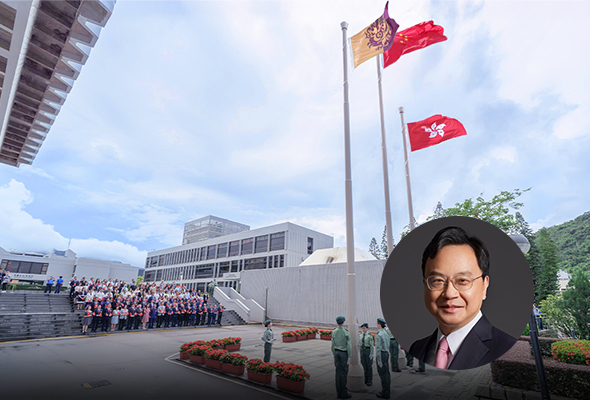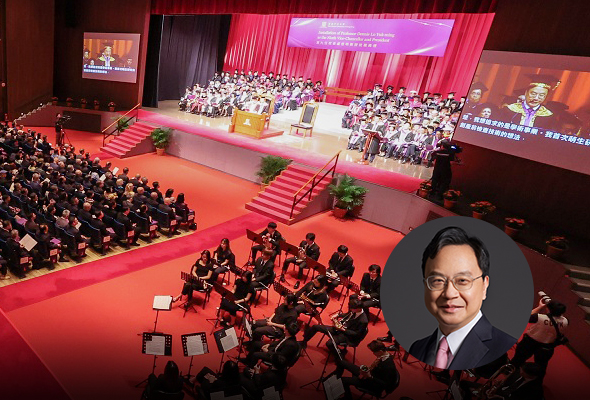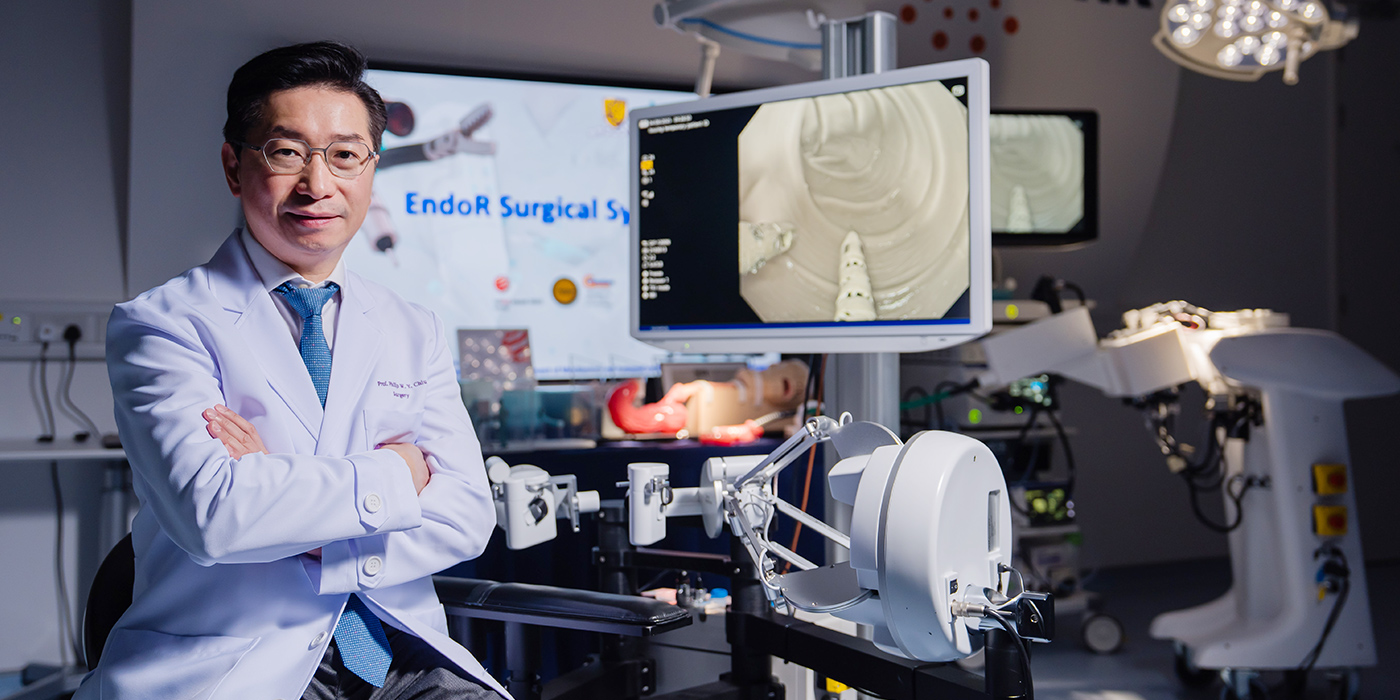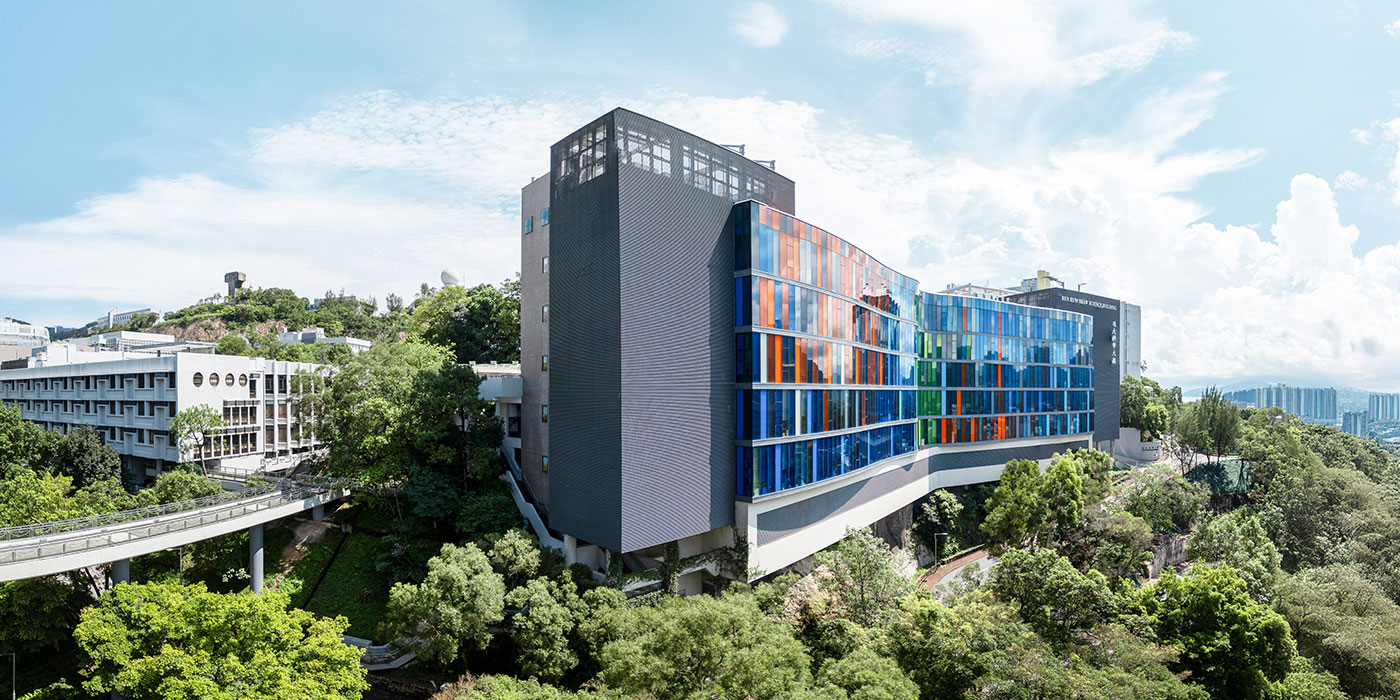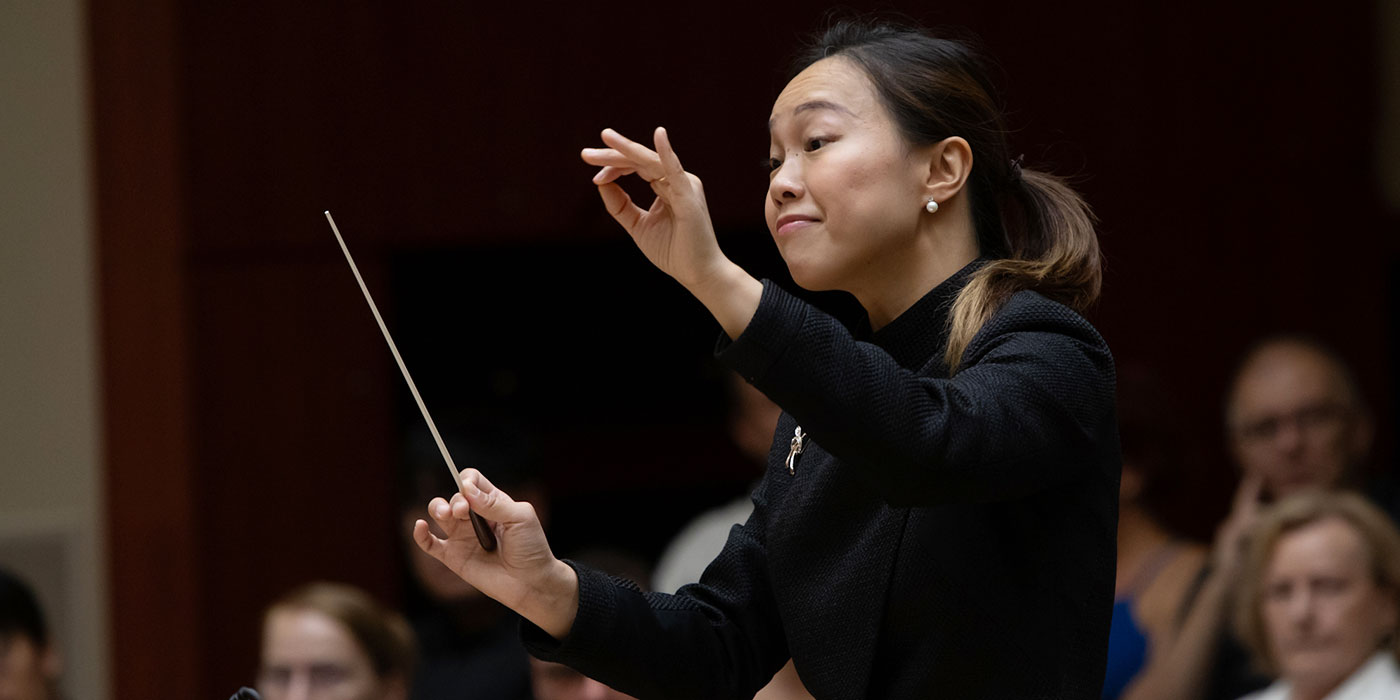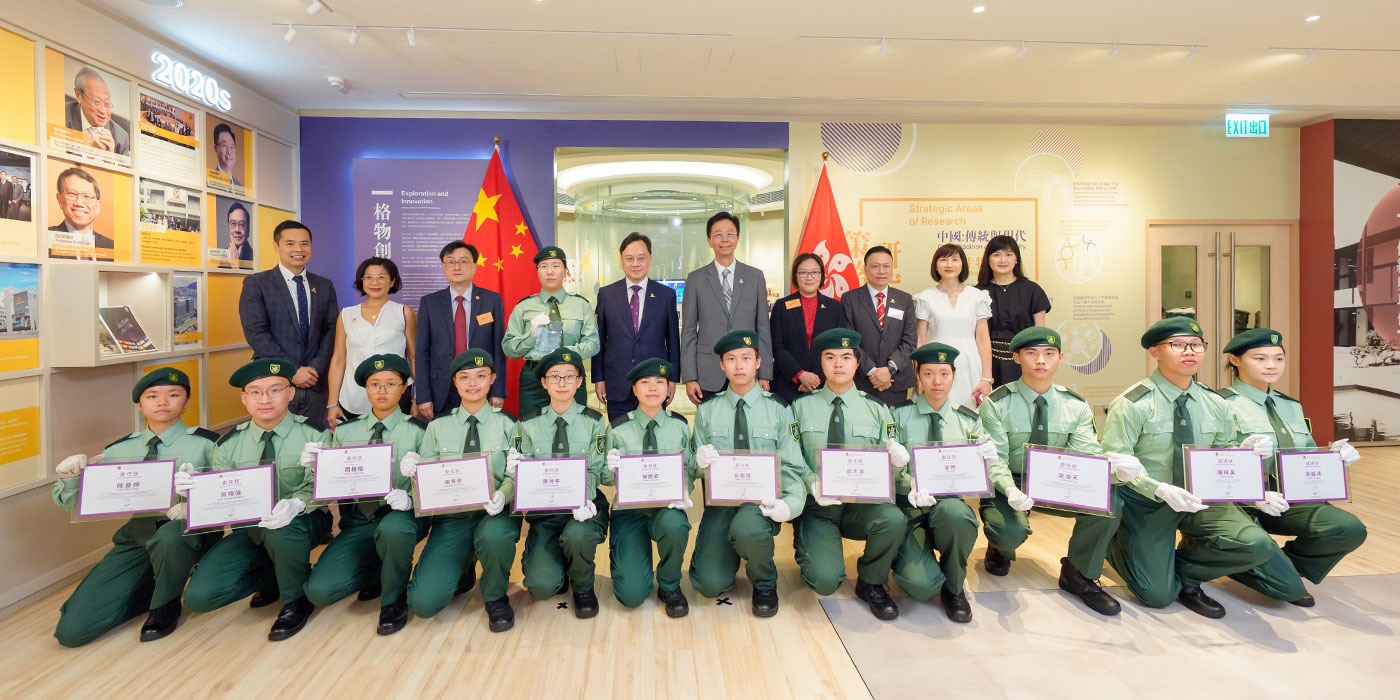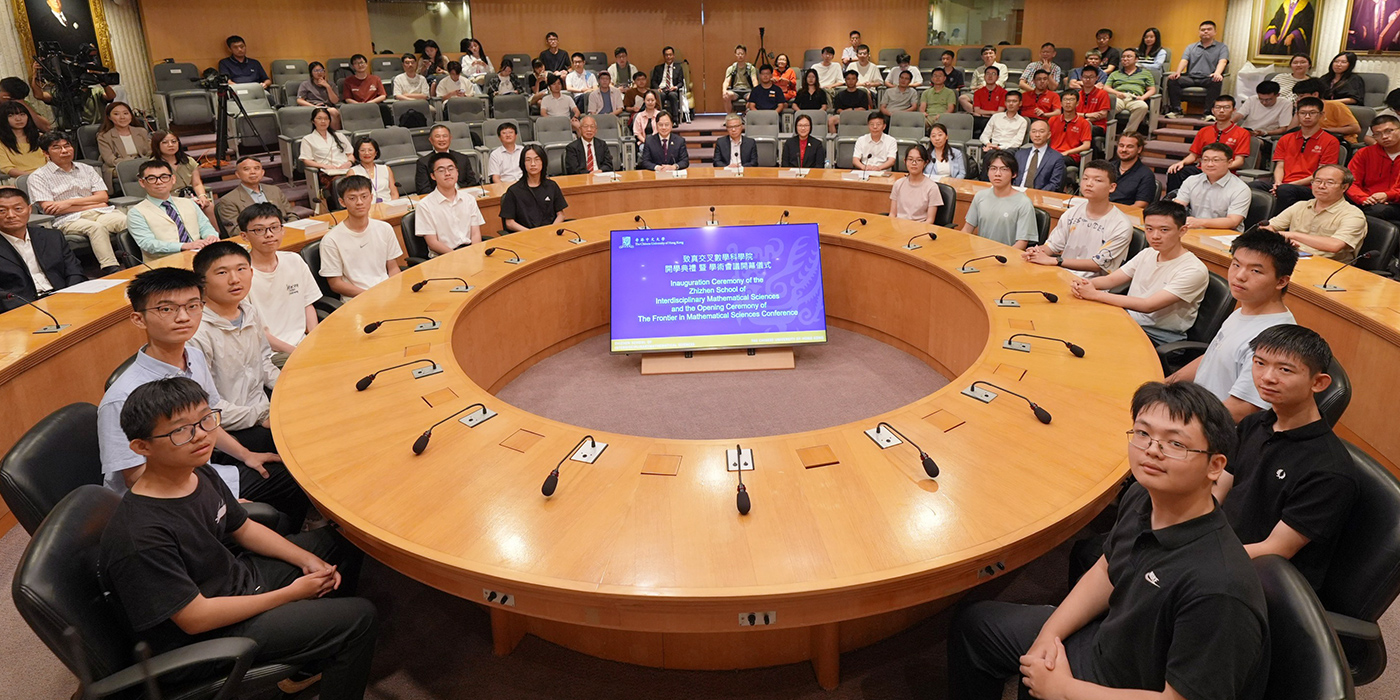Seeing through the lens of an information theorist
Raymond Yeung innovates in network technology for a smarter future
This is part seven of our series of CUHK in Focus articles in which we talk to principal investigators of the seven CUHK projects chosen for the Hong Kong government’s Research, Academic and Industry Sectors One-plus (RAISe+) Scheme. It provides up to HK$100 million to each approved project, and strives to help local universities commercialise their research outcomes.
Modern lifestyles like attending video conferences, streaming TV dramas and shopping online require an information superhighway to transmit data. However, the high volume of traffic on the highway leads to frequent jams, resulting in data loss and sluggish images. Professor Raymond Yeung Wai-ho’s network coding theory offers a solution.
His project “Network Coding for Next Generation Networks” was among the first batch of research projects accepted into RAISe+ Scheme this year. The project will primarily concentrate on the deployment of BATched Sparse (BATS) code, which greatly increases the network transmission rate and reduces distortion caused by data loss.
Professor Yeung’s project targets three critical domains: cellular networks, smart cities and data centres. Besides undertaking the necessary R&D, his team aims to expedite the market introduction of their innovative products by collaborating with industrial partners. He hopes that BATS code will help realise Hong Kong’s smart city vision and its 5G infrastructure-based development, and make it a world-class smart city.
Visionary perseverance in enhancing data quality
Data transmission in networks is akin to routing data packets through nodes that act like postal relay stations. “When two ‘parcels’ are sent to the same intersection, they are stored and categorised before being forwarded to the next node,” as Professor Yeung describes it. In the context of wireless networks, the more nodes that the parcels pass through, the more serious the data loss becomes.
“Increasing the transmission power of wireless signals to extend the transmission range could reduce the number of relay nodes. But it will interfere with the signals of other types of wireless communication,” he adds. Network researchers have been looking for solutions to reduce data loss without affecting transmission power.
He left AT&T Bell Laboratories, a premier US research laboratory, in 1991 to join CUHK’s Department of Information Engineering, where he delved into network research. Researchers previously believed the best way to send a message through the network was to encode it into data packets for high-speed delivery, without altering the packets inside the network. But he proved that mixing data packets inside the network could transmit more information. He coined the term “network coding” to describe it.
“I spent seven to eight years working with collaborators at CUHK and overseas to develop the theory.” His foresight and perseverance gave birth to a paradigm shift, enabling more information to be transmitted through networks at a faster rate, so that, for example, data can be downloaded faster from the internet and video streamed with less delay.

The butterfly effect that trumps traditional routing
With the aim of maximising the theoretical throughput in network communication, Professor Yeung and his colleague Professor Robert Li Shuo-yen came up with a novel example called the “butterfly network”, in which they showed that with network coding, information can be transmitted faster than with the traditional “store-and-forward” paradigm.
“The data are sent as coded packets in the butterfly network. The data packets received at the intermediate network nodes are encoded into new packets that are sent to the next node, where the original message is reconstructed at the destination nodes,” he says.
The technology later evolved into BATS code, which is a joint effort between Professor Yeung and his former PhD student Yang Shenghao, now a professor at the School of Science and Engineering at CUHK-Shenzhen. BATS code simplifies the encoding and decoding processes to increase network throughput, reduce delay and make the network more robust. Their project “Network Coding for Next Generation Networks”, which aims at fostering industrial partnerships and commericalising their innovative solutions, was recognised by the government’s RAISe+ Scheme this year.
Maximising possibilities with R&D commercialisation
With his dream of scaling up communication networks and data storage systems towards enhanced efficiency, reliability and security in favour of smart city developments, Professor Yeung co-founded n-hop technologies with Professor Yang in 2018. The tech startup’s name implies the pros of BATS: the transmitted information remains intact after passing through a vast number of wireless links. Three years after its inception, the startup received its first round of venture capital funding.
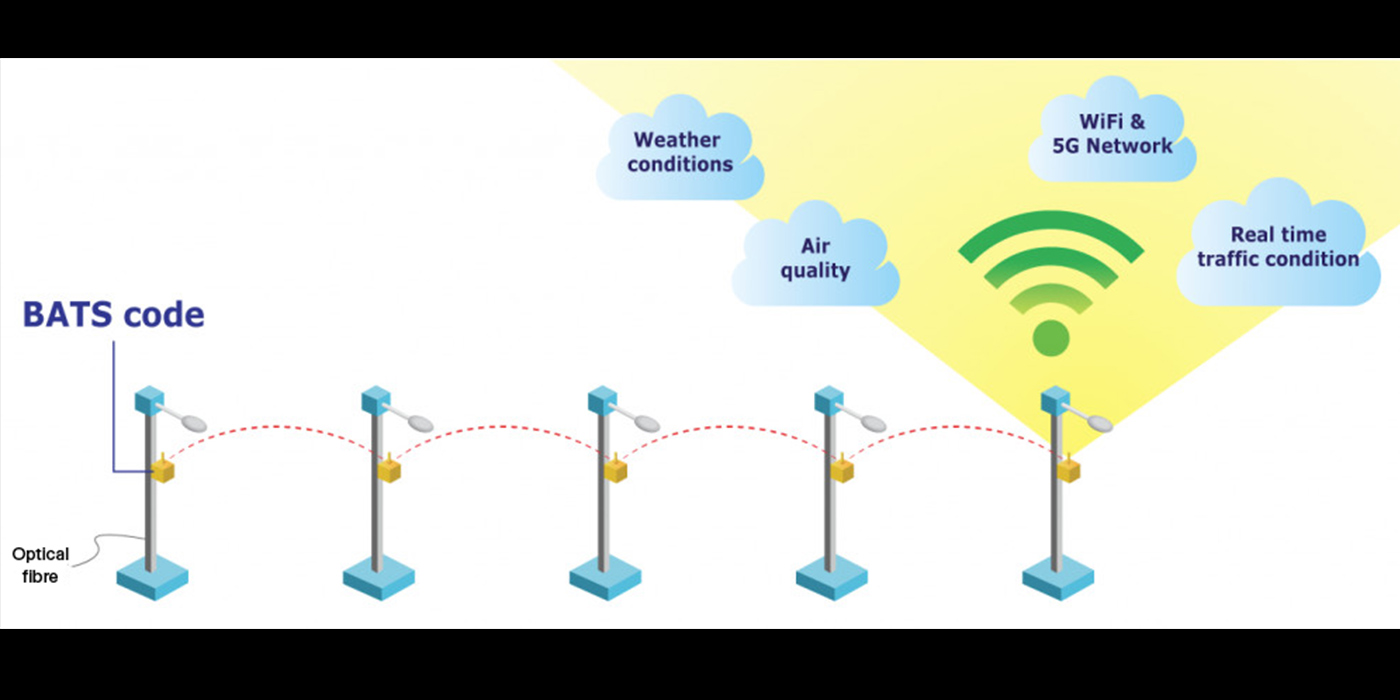
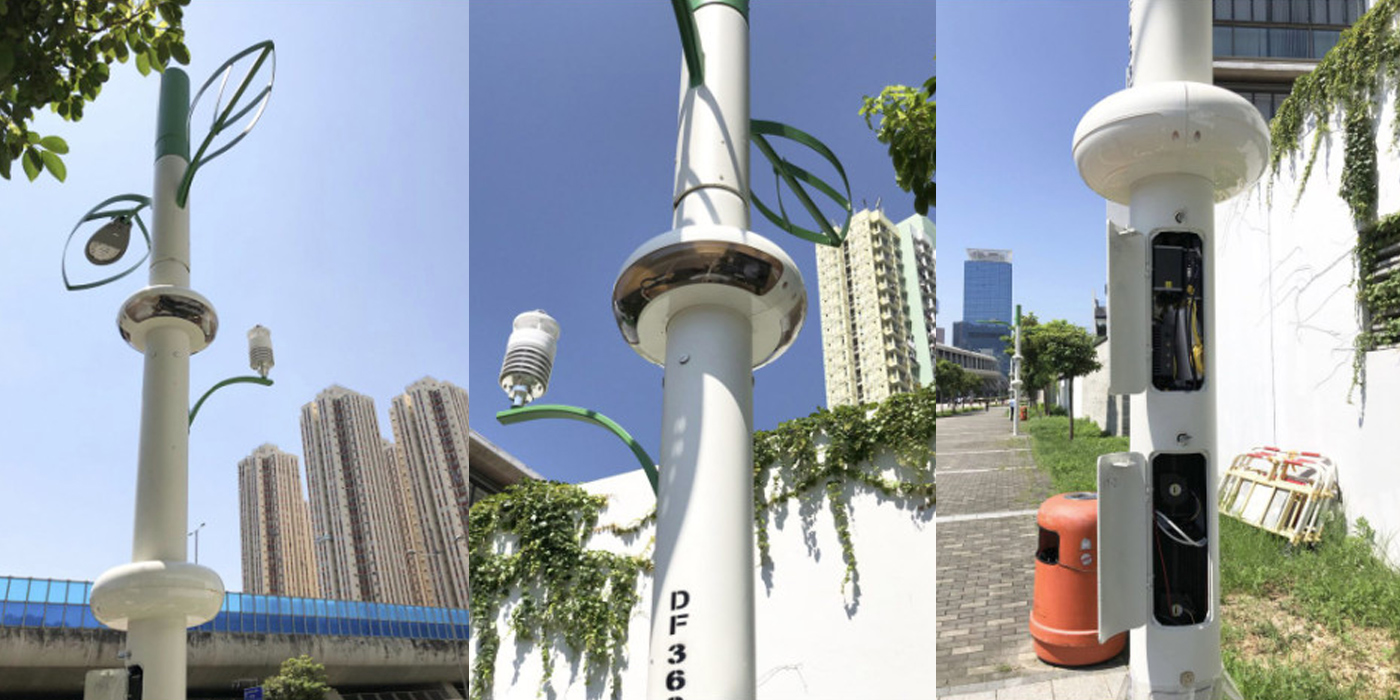
In summer 2019, n-hop technologies successfully deployed BATS in the Hong Kong government’s pilot smart lamppost system. Laying new optical fibre is not only expensive but also very disturbing to traffic and pedestrians. BATS provides a wireless internet connection for the smart lampposts without the need to lay optical fibre to everyone. The benefits include low operating cost, enhanced security and stable bandwidth, providing a city-friendly, economical solution for massive deployment of the technology.
The startup also worked with the government on a pilot project at the Lantau Country Park to provide WiFi services using BATS in locations with weak cellular coverage. WiFi has an advantage over cellular because it can be used by all mobile phones, regardless of the network. He adds, “Besides providing hikers with a WiFi network, BATS can be used for weather signage, emergency buttons, wildfire detection, environmental data collection and so on.”
Vision, focus and clarity
To date, there are three BATS-related technologies with 11 patents, which have a wide range of applications, such as a shared satellite broadcast communication network that propels the development of aerospace technology, and an underwater sonar transmission network for monitoring the operation of underwater infrastructure so as to overcome barriers in ocean data transmission.
Network coding theory is a major breakthrough in information sciences. Its fundamental concept was introduced in the late 1990s, largely due to the visionary hypothesis of Professor Yeung. He has won numerous accolades for his contributions, including the Institute of Electrical and Electronics Engineers’ (IEEE) Richard W. Hamming Medal, one of the highest awards in electrical engineering, and the Claude E. Shannon Award, the highest honour in the field of information theory. He was also elected a Fellow of the US National Academy of Inventors.
Professor Yeung’s bold attempt at mathematical reconceptualisation has the potential to become one of the most far-reaching telecommunication applications. Network coding theory has been offered as a postgraduate course by universities around the globe. His team is now working with various standards organisations to make BATS code one of the international communication standards. However, going from theory to application may take decades, he says.
He also enjoys photography, playing the harmonica and practising tai chi. The common thread among these hobbies is concentration, which facilitates the mental clarity necessary for conducting rigorous research. “This attitude is much inspired by my PhD supervisor Professor Toby Berger, who is talented in explaining difficult concepts through writing,” he says.
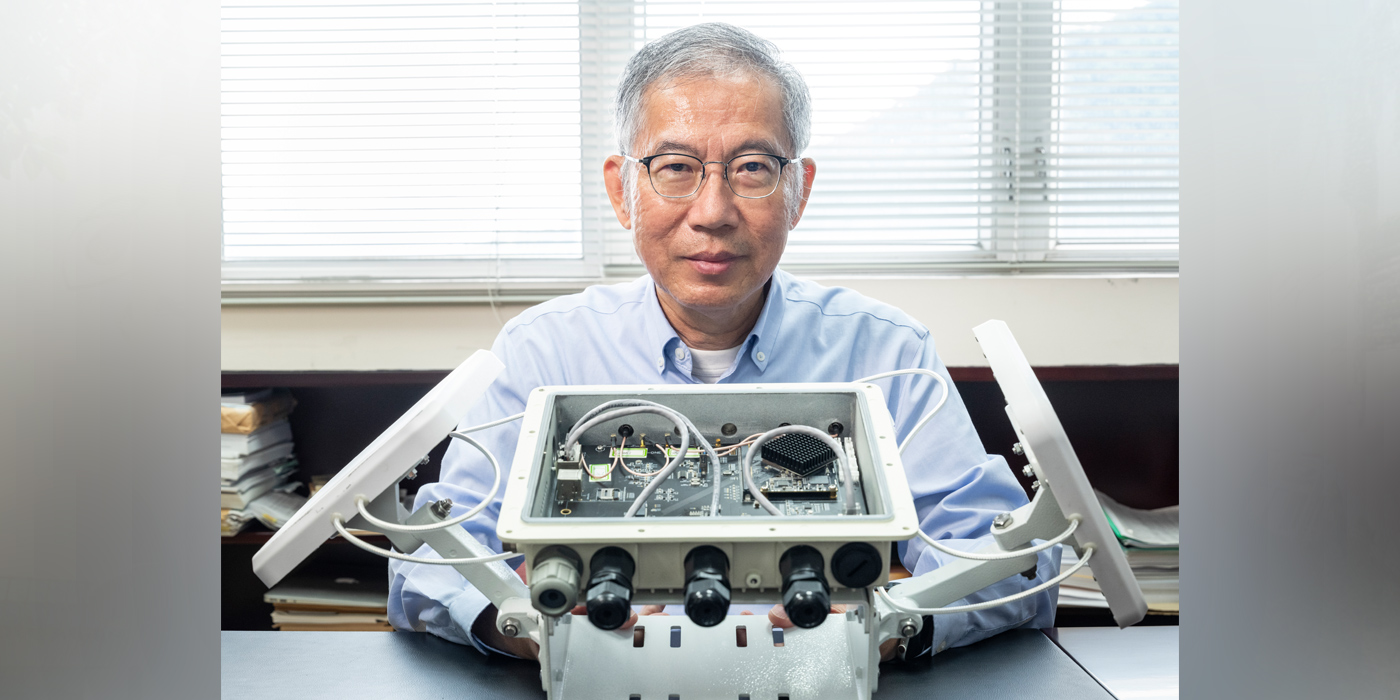
By Jenny Lau
Photos by LCT
- Samuel Au powers the future of healthcare with cutting-edge technology
- Barbara Chan endeavours to use tissue engineering to heal patients
- Lam Hon-ming pioneers sustainable agriculture through soybean research
- Liu Yun-hui drives robots with 3D-vision
- Tsang Hon-ki on moving from lab to market
- Raymond Yeung innovates in network technology for a smarter future
- Engineer Zhao Ni’s journey towards wearable medical devices for all




